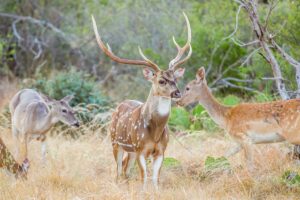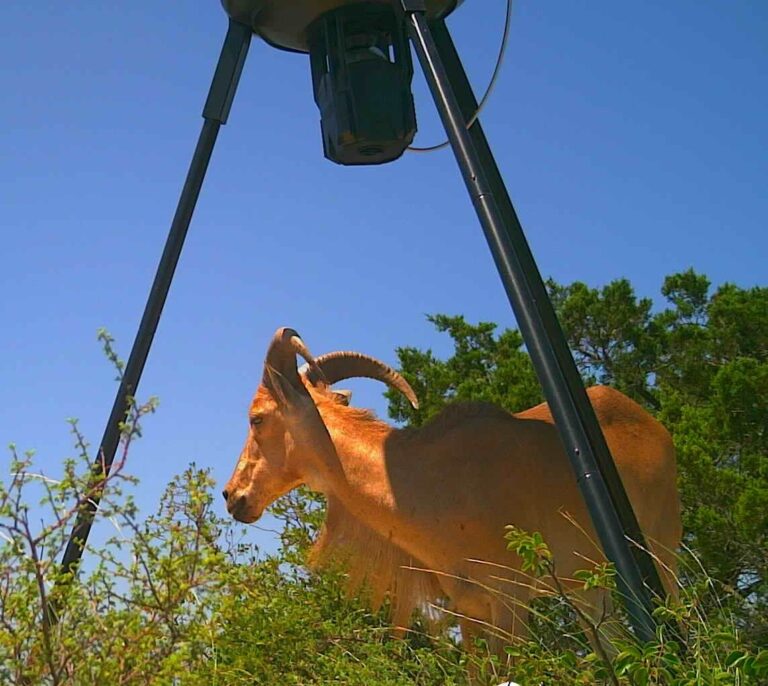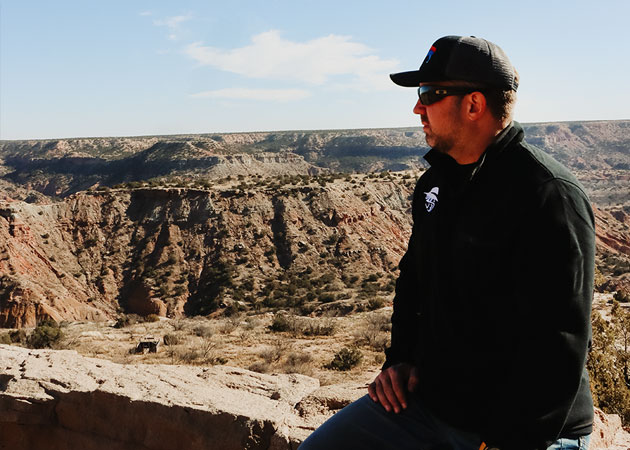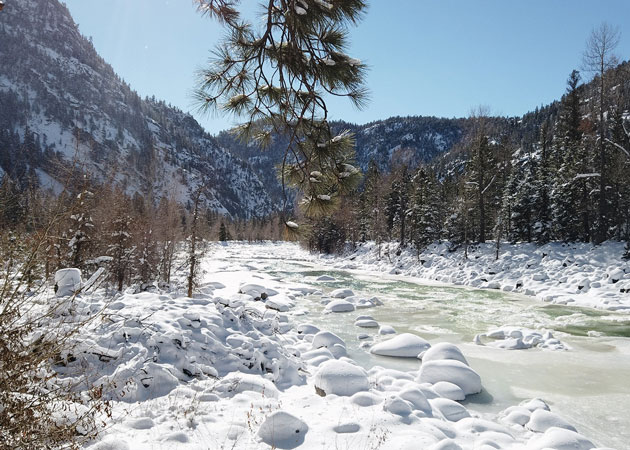The History and First Exotic Large Game Imports into the United States
A Legacy of Exploration and Curiosity
The United States has always been a nation of explorers, innovators, and dreamers. This spirit of curiosity extends beyond technological advancements and cultural evolution—it also includes our interactions with wildlife. While North America boasts an impressive array of native wildlife species, the allure of exotic animals has fascinated Americans for centuries. The importation of exotic large game animals into the U.S. marks an intriguing chapter in history, intertwining themes of conservation, hunting, and human fascination with the unfamiliar.
The Introduction of Exotic Species
The concept of introducing non-native species to the U.S. dates back to the early 19th century. During this period, as global exploration and trade routes expanded, wealthy landowners, sportsmen, and zoological societies sought to bring exotic animals to the New World. These efforts were not solely for display in zoos; some sought to establish sustainable populations for hunting or conservation purposes.
One of the earliest documented cases of exotic large game importation was the arrival of the European fallow deer (Dama dama). The fallow deer, native to the Mediterranean and parts of Europe, was brought to the United States in the mid-1800s. Private estates, particularly in the eastern U.S., introduced these deer to game preserves. Wealthy landowners admired their elegant appearance and saw their presence as a status symbol.
The First Large Game Import: Nilgai Antelope
While fallow deer marked the start of exotic wildlife importation, the introduction of larger game animals came later. Among the first and most notable examples of exotic large game was the Nilgai antelope (Boselaphus tragocamelus), native to India and Pakistan. Nilgai were introduced to Texas in the 1920s and 1930s by ranchers such as the Y.O. Ranch and King Ranch, who sought to diversify their livestock and hunting opportunities.
The hardy Nilgai proved to be an ideal candidate for introduction. Adaptable to the arid climate and open grasslands of Texas, these antelope quickly established a population. Their introduction was seen as both a novelty and a practical solution to the challenges of the Great Depression. During the 1930s, the collapse of the cattle market led ranchers to seek alternative sources of income. Exotic game ranching offered an additional revenue stream, as hunting opportunities and exotic meat became valuable commodities. The Nilgai’s rapid acclimation demonstrated the viability of these efforts. Today, Texas boasts a thriving population of Nilgai, primarily found on large private ranches and reserves.

Feral Pigs: A 16th-Century Introduction
Interestingly, the importation of non-native species to the United States dates even further back to the 1500s, when feral pigs (Sus scrofa) were introduced by European settlers. Originally brought over as a food source, these pigs quickly became feral and spread throughout the southern and eastern parts of the country. They represent one of the earliest examples of how imported animals could adapt and thrive in new environments—sometimes to the detriment of native ecosystems.
Other Early Introductions
Following the success of the Nilgai, the mid-20th century saw the introduction of several other large exotic species, including:
Axis Deer (Axis axis): Native to India and Sri Lanka, the Axis deer were brought to the U.S. for hunting and game ranching in the 1930s. They quickly became one of the most successful exotic deer species, thriving in Texas and other southern states.
Blackbuck Antelope (Antilope cervicapra): Also from India, blackbuck antelope were introduced for their striking appearance and hunting appeal. They remain popular on game ranches today.
Scimitar-Horned Oryx (Oryx dammah): Native to the Sahara Desert, this species was introduced in the 1970s. Their resilience in arid environments allowed them to thrive, and they are now a conservation success story in Texas.
Ethical and Ecological Impacts
While the introduction of exotic large game animals has created new opportunities for hunting, tourism, and conservation, it has not been without controversy. Ecologists have raised concerns about the impact of non-native species on native ecosystems. Exotic species can compete with native wildlife for resources, alter habitats, and even spread disease. In some cases, these introductions have led to unforeseen challenges, such as overpopulation or the displacement of native species.
On the other hand, private ranchers and conservationists argue that exotic game ranching has contributed to the survival of endangered species. In some cases, ranches in the U.S. have become critical reservoirs for species that are extinct in their native habitats. For example, the Scimitar-Horned Oryx is extinct in the wild but thrives on private ranches in Texas.

Pros and Cons of Importing Exotic Species
Pros:
Conservation Success Stories: Some species, such as the Scimitar-Horned Oryx, have been saved from extinction due to exotic game ranching.
Economic Benefits: Ranchers generate income through hunting, tourism, and the sale of exotic meat.
Biodiversity: The introduction of non-native species can enhance biodiversity in controlled environments.
Cons:
Ecological Disruption: Non-native species can outcompete native wildlife, leading to habitat loss and population declines. For example in West Texas bighorn sheep are being outcompeted by aoudad that were introduced in West Texas over 50 years ago.
Disease Transmission: Exotic animals may introduce diseases that can affect native species and livestock.
Overpopulation Issues: In some cases, lack of natural predators leads to overpopulation, requiring active management. For example feral pigs taking over the majority
A Complex Legacy
The history of exotic large game imports into the United States reflects the complexity of human-animal interactions. What began as a fascination with the exotic has evolved into a multifaceted industry that balances hunting, conservation, and ecological concerns. As we look to the future, the legacy of these early introductions will continue to shape how we view and manage wildlife in the U.S.
From the fallow deer to the resilient Nilgai, the stories of these animals highlight our enduring connection to nature and the global exchange of species. Their presence on American soil is a testament to both our adventurous spirit and the challenges of responsibly managing wildlife in a changing world.



